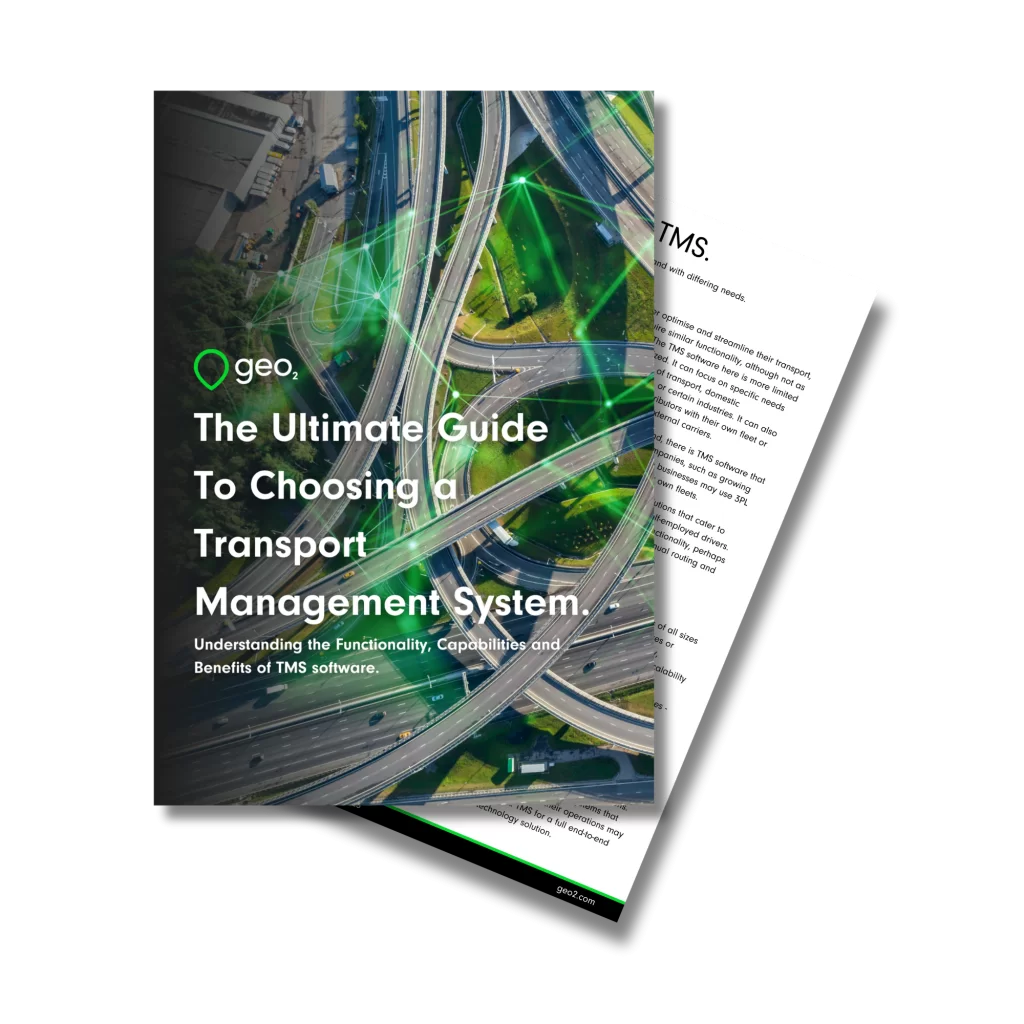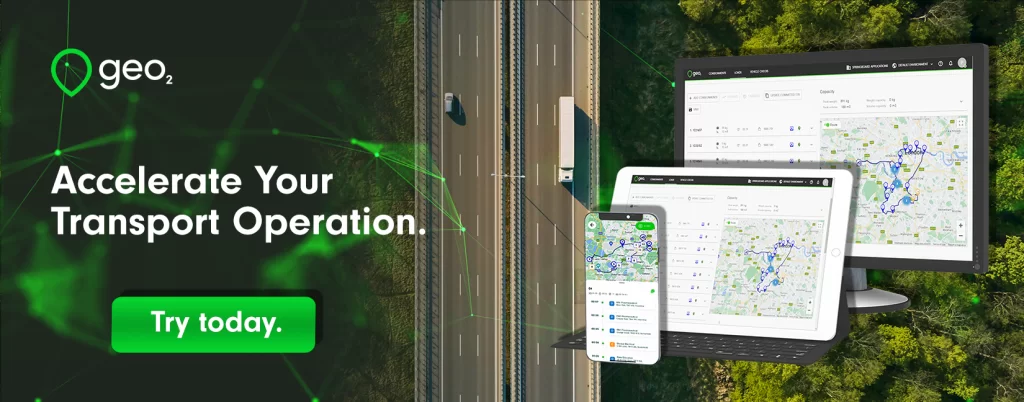
What is Estimated Time of Arrival? ETA & ETD Explained.
Introduction.
In our fast-moving, connected world, time isn’t just about hours and minutes. It’s about whether businesses are on track, meals are served hot, or packages are delivered on time. The terms ETA (Estimated Time of Arrival) and ETD (Estimated Time of Departure) have become key indicators of efficiency and reliability. We’ll explore how ETA and ETD are crucial not only in transport and logistics but also in making our daily lives run smoother.
Need help choosing a TMS?
Download the Free Guide Now.

Table of Contents.
What is the estimated time of arrival (ETA)?
The estimated time of arrival (ETA) tells you when something like a vehicle or ship is expected to reach a place. It’s figured out by looking at how far it needs to go, how fast it’s moving, and things that could slow it down like the weather or traffic. ETAs are really important for businesses that transport goods and for people to plan their day better.

Different Types of ETA
The term ETA, which stands for Estimated Time of Arrival, has different meanings depending on the situation. There are three main types:
1. Fixed ETA: This is when a specific arrival time is given, often used when conditions are predictable, like in daily commutes or regular shipping routes.
2. Dynamic ETA: This ETA changes in real-time based on current conditions, useful in situations like driving where traffic or weather can change your arrival time.
3. Probabilistic ETA: This gives a range of possible arrival times, useful in situations with a lot of uncertainty, like long-distance sea travel or package delivery with potential delays.
Each type of ETA is used for different needs, depending on how precise the arrival time needs to be and how predictable the conditions are.
Comparing Fixed ETA, Dynamic ETA, and Probabilistic ETA
When looking at Fixed, Dynamic, and Probabilistic ETAs, it’s key to see which ones fit best based on how applicable, reliable, and adaptable they are. Fixed ETA is simple and great for situations where you can predict time well because things don’t change much. But, it’s not good when things are unpredictable because it doesn’t adapt well.
Dynamic ETA is more flexible as it updates based on what’s happening in real-time, like traffic or weather, making it more accurate for changing situations. It’s great for logistics and navigating, but it needs advanced tech and data analysis.
Probabilistic ETA gives a range of possible arrival times and how likely they are, which is good when it’s okay to have some uncertainty, like in long sea travels with unpredictable weather.
In short, coosing between Fixed, Dynamic, and Probabilistic ETAs depends on what you need—predictability or the ability to handle uncertainty.
What is the Estimated Time of Departure (ETD)?
The Estimated Time of Departure (ETD) predicts when a vehicle, vessel, or aircraft will start its journey. It considers factors like preparation time, loading, weather, and traffic. ETD is vital in logistics for keeping schedules on track and helps passengers plan when to arrive for their departure, avoiding long waits. Essentially, ETD is key for smooth transportation worldwide.
Table of Contents.
Different Types of ETD
- Scheduled ETD: This type refers to a fixed departure time primarily used in public transportation and routine cargo shipments. It is based on a recurring timetable that passengers and businesses can rely upon for planning purposes.
- Real-Time ETD: Adaptable to the current conditions, real-time ETDs are dynamically updated to reflect changes such as delays, mechanical issues, or sudden environmental changes. This type is becoming increasingly common in logistics and passenger apps, providing up-to-the-minute accuracy.
- Estimated ETD: Often used in scenarios with high variability, an estimated ETD provides a general timeframe rather than a specific departure time. This approximation accounts for usual uncertainties in operations, including longer loading times or awaiting clearance, offering flexibility in planning.
Comparing Scheduled ETD, Real-Time ETD, and Estimated ETD.
Comparing Scheduled, Real-Time, and Estimated ETD shows they each have their own pros and cons for different transport needs. Scheduled ETD is predictable, making it easy to plan, but it’s not flexible for unexpected changes. Real-Time ETD updates quickly to changes, but needs good data and technology to be accurate. Estimated ETD offers a balance with a flexible departure window, but can make planning harder without a set time.
In short, Scheduled ETD is great for reliability, Real-Time for adapting quickly, and Estimated for flexibility. The best choice depends on what’s most important for the transport operation, whether it’s predictability, adaptability, or flexibility.

The Relationship Between ETA and ETD
The relationship between Estimated Time of Arrival (ETA) and Estimated Time of Departure (ETD) is crucial for trip planning. ETD signals the start of the journey, while ETA is when you reach your destination. Coordinating these times well improves scheduling, reduces waiting, and boosts efficiency in transportation. Being accurate and flexible with ETD and ETA calculations helps adapt to changes smoothly and keeps transportation networks running smoothly.
Conclusion
Few concepts are as universally understood and vital as ETA and ETD. Their ability to predict and plan informs everything from the trivial to the significant, the operational to the existential. If time is money, then ETA and ETD are its GPS, charts, and compass—all rolled into one.
Honing an understanding of these two terms is not just about being savvy in a digital age, it is about respecting and leveraging the one commodity that is truly non-renewable. The next time you venture into the web of plans, schedules, and commitments, remember that an accurate ETA and ETD can turn the ordinary into an experience worth arriving for.






